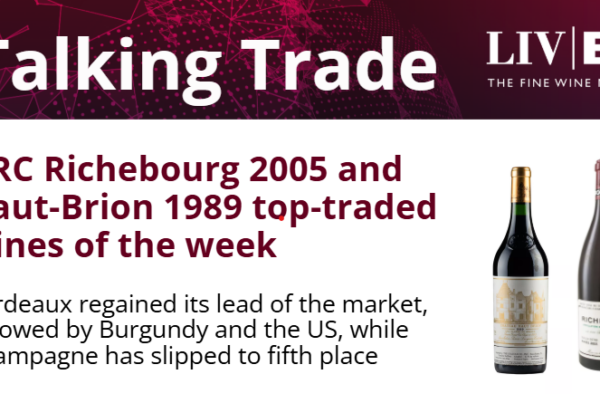The fourteenth edition of the Liv-ex Power 100 has now been released. Produced in conjuction with the Drinks Business, the Power 100 is an annual list of the most powerful brands in the fine wine market.
The full report is published in the Drinks Business December issue.
Key findings this year:
- Armand Rousseau is the best-performing label based on its year-on-year price performance, trading performance on Liv-ex by value and volume, the number of wines and vintages traded and the average price of its wines.
- The market broadens yet further: from 5,700 wines and 953 brands traded in 2018, the numbers climb to 6,367 and 995 in 2019.
- Burgundy continues to make its mark, with 34 wines featuring this year, but the sustainability of its prices remains a question.
- Major changes: For the first time the First Growths do not feature in the top five; Latour is the highest-ranking and shares tenth place with Joseph Drouhin.
- Bordeaux sees a general shift in hierarchy: Canon, Rauzan Segla, Calon Segur, Beychevelle and Carmes Haut Brion on the move, while poor price performance holds the Premier Crus back.
- Champagne and Italy climb up the rankings with three prestige cuvée Champagnes and one Super Tuscan in the top 10.
Top 50
51-100
A note on our methodology
To calculate the scores, we took a list of all wines that traded on Liv-ex in the last year (from 1 September 2018 to 31 August 2019) and grouped these by brand. Similar to last year, Burgundy labels with both maisons and domaines were combined as one. It then identified brands that had traded at least three wines or vintages, and had a total trade value of at least £10,000. Brands were ranked using four criteria: year-on-year price performance (based on the market price for a case of wine on 1 September 2018 with its market price on 31 August 2019); trading performance on Liv-ex (by value and volume); number of wines and vintages traded; and average price of the wines in a brand. More than 6,300 different wines/vintages were traded on the exchange. These were grouped into 995 brands, of which 288 qualified for the final calculation. The individual rankings were combined with a weighting of 1 for each criteria, except trading performance, which had a weighting of 1.5 (because it combined two criteria).





